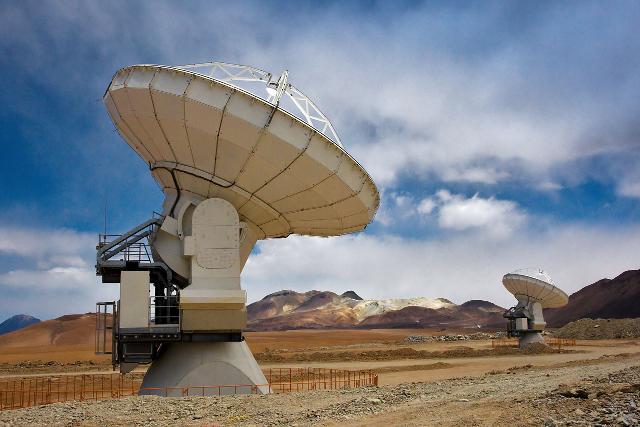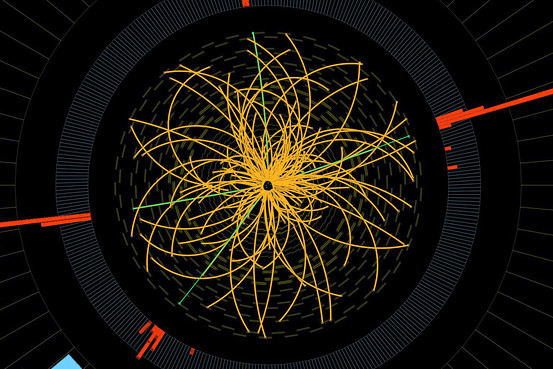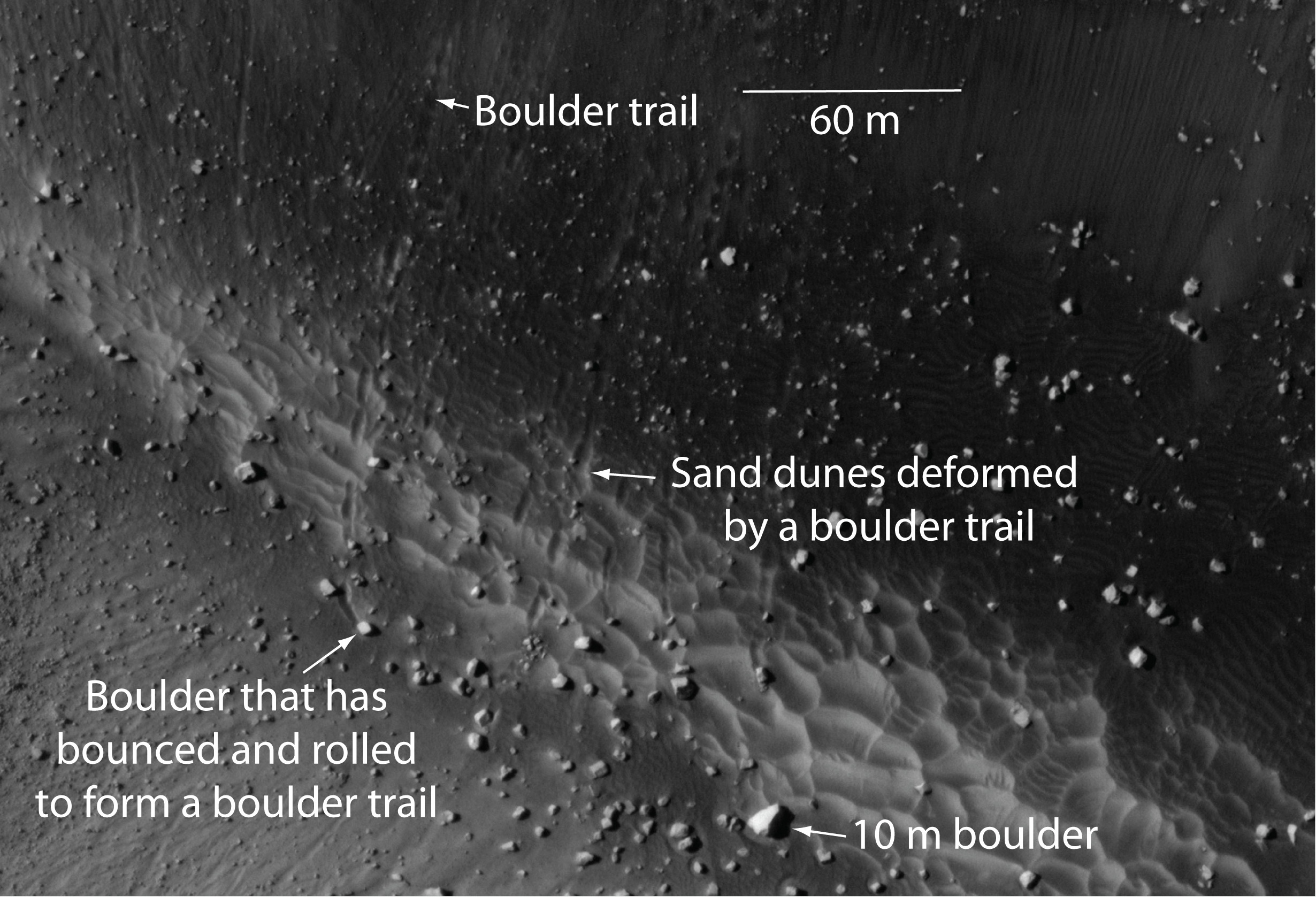
© Carlos Caetano | Shutterstock
Boston - Many people have suffered from impacted third molars, also known as wisdom teeth. But there are also a lucky few who are missing a wisdom tooth or two (or even all four). Why do some people have wisdom teeth, while others don't?
The answer, partly hinted at in new research presented here at the annual meeting of the American Association for the Advancement of Science
, could also explain why particular ethnic groups, such as the Inuit, have a particularly low occurrence of wisdom teeth.
Some thousands of years ago, a random mutation arose which suppressed the formation of wisdom teeth, a trait that then spread and now accounts for the lack of wisdom teeth among some modern humans, said Princeton University researcher Alan Mann.
The oldest fossils missing third molars hail from China and are about 300,000 to 400,000 years old, suggesting the first mutation may have arisen there, Mann told LiveScience.
Like most mammals, humans' ancestors had four sets of three molars (for a total of 12, with six in both the upper and lower jaw) used to help chew and grind food. Unlike other mammals, however, humans underwent a period of evolution in which the
brain greatly expanded in size, Mann said. This created an architectural problem; with a much larger brain case, the jaw had to become narrower so that it could still connect to the lower part of the skull, Mann said.



Comment: Check out last week's SOTT Talk Radio show on this very topic:
Paleo food: Staying Healthy in a GMO world